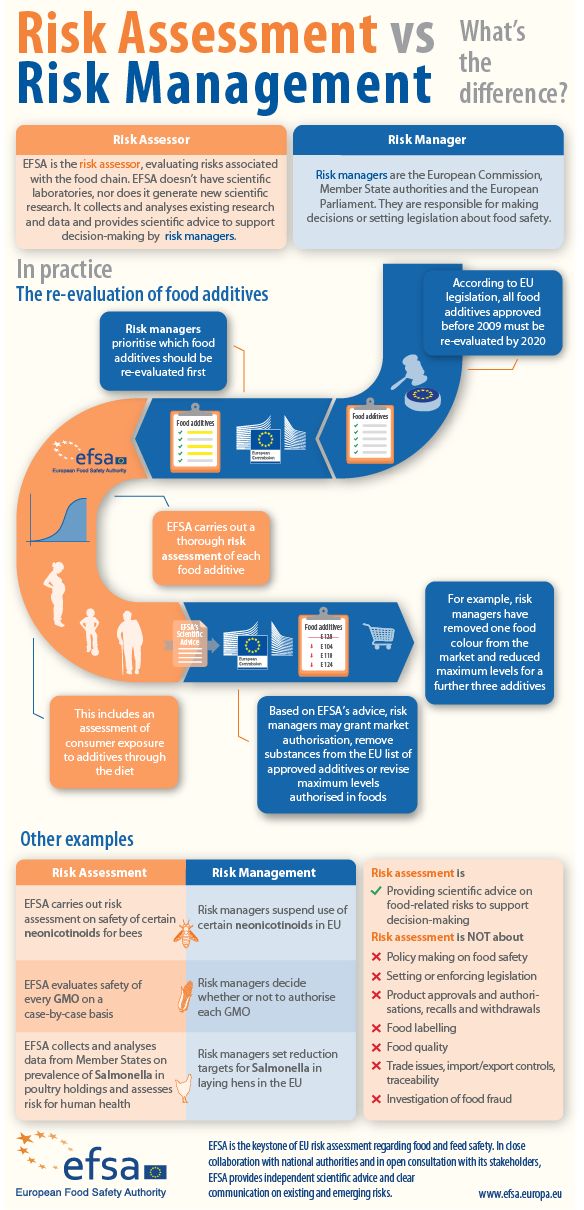Introduction
Risk assessment is a process of identifying and evaluating potential risks to an organization, individual or project. The purpose of risk assessment is to minimize the impact of potential risks by reducing their likelihood or severity. This article will provide a comprehensive guide to the risk assessment process, including an example of a risk assessment.
What is Risk Assessment?
Risk assessment is a systematic process of identifying, evaluating, and prioritizing risks to an organization, individual or project. It involves analyzing the potential impact of risks and determining the best course of action to minimize the impact of those risks. This can include developing a risk management plan, implementing mitigation strategies, or transferring the risk to another party.
The Steps in the Risk Assessment Process
The risk assessment process typically involves the following steps:
Identify the risks: Identify potential risks that may affect the organization, individual or project.
Evaluate the risks: Assess the likelihood and potential impact of each risk.
Prioritize the risks: Determine which risks are most critical and require the most immediate attention.
Develop a risk management plan: Develop a plan to minimize the impact of the most critical risks.
Implement the risk management plan: Implement the risk management plan to reduce the likelihood or impact of risks.
Monitor and review: Continuously monitor and review the risk management plan to ensure that it is effective.
Factors to Consider in the Risk Assessment Process
There are several factors to consider in the risk assessment process, including:
- The likelihood of the risk occurring
- The potential impact of the risk if it occurs
- The costs of implementing risk management strategies
- The costs of not implementing risk management strategies
- The available resources for risk management
- The priorities of the organization, individual or project.
Types of Risks to Consider in the Risk Assessment Process
There are several types of risks to consider in the risk assessment process, including:
- Financial risks
- Operational risks
- Compliance risks
- Reputational risks
- Political risks
- Environmental risks
- Health and safety risks
- Cybersecurity risks
An Example of a Risk Assessment
Let’s consider an example of a risk assessment for a small construction company. The company is planning to build a new office building and wants to assess the risks associated with the project.
Identify the risks: The company identifies the following risks:
- Cost overruns
- Delays in construction
- Health and safety incidents
- Environmental issues
- Reputational damage
Evaluate the risks: The Company assesses the likelihood and potential impact of each risk.
Cost overruns: Likely, high impact
Delays in construction: Likely, moderate impact
Health and safety incidents: Possible, high impact
Environmental issues: Possible, moderate impact
Reputational damage: Possible, high impact
Prioritize the risks: The company determines that the most critical risks are cost overruns, health and safety incidents, and reputational damage.
Develop a risk management plan: The company develops a risk management plan to minimize the impact of the most critical risks, including implementing safety procedures and having a contingency plan in place for cost overruns.
Implement the risk management plan: The company implements the risk management plan, including training
You might find these FREE courses useful:


